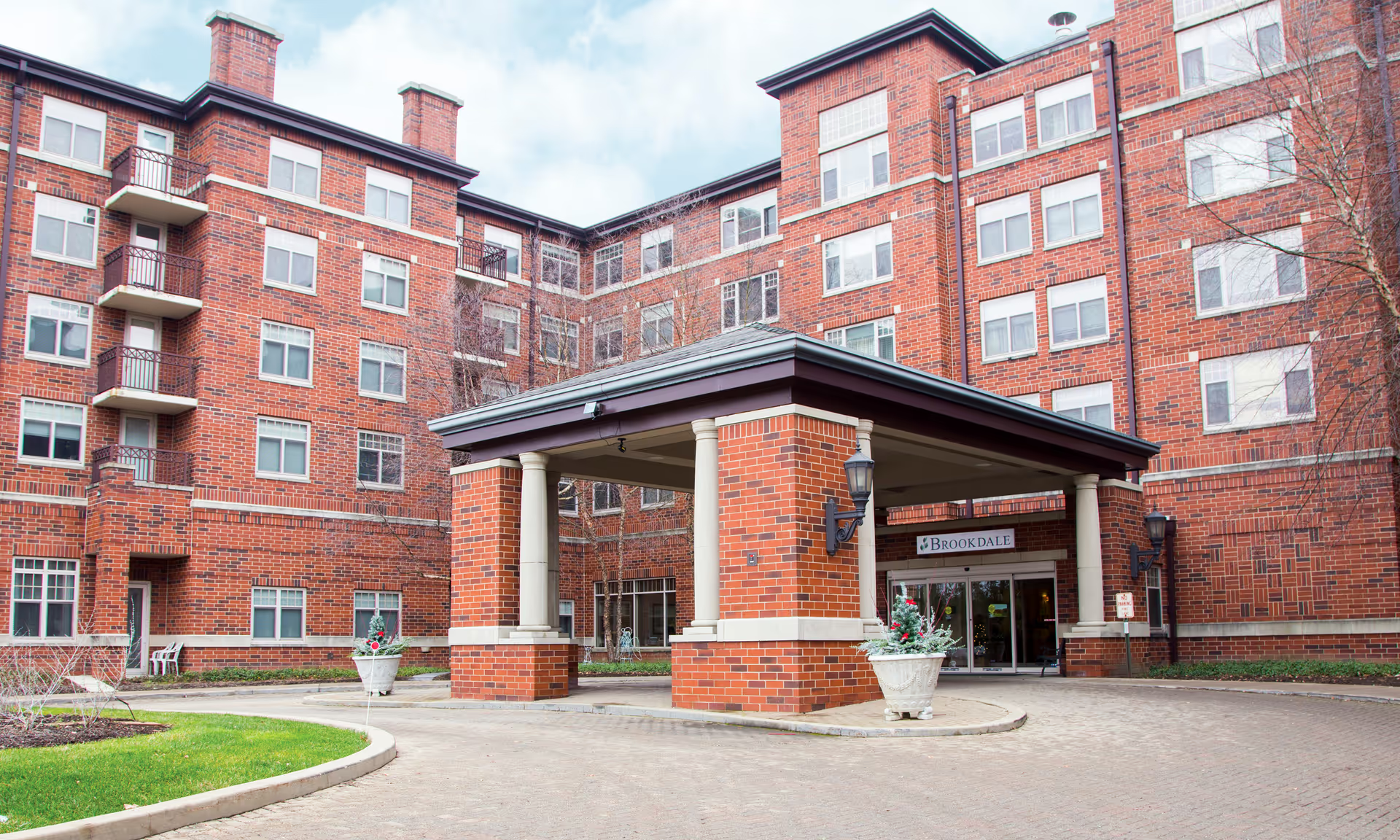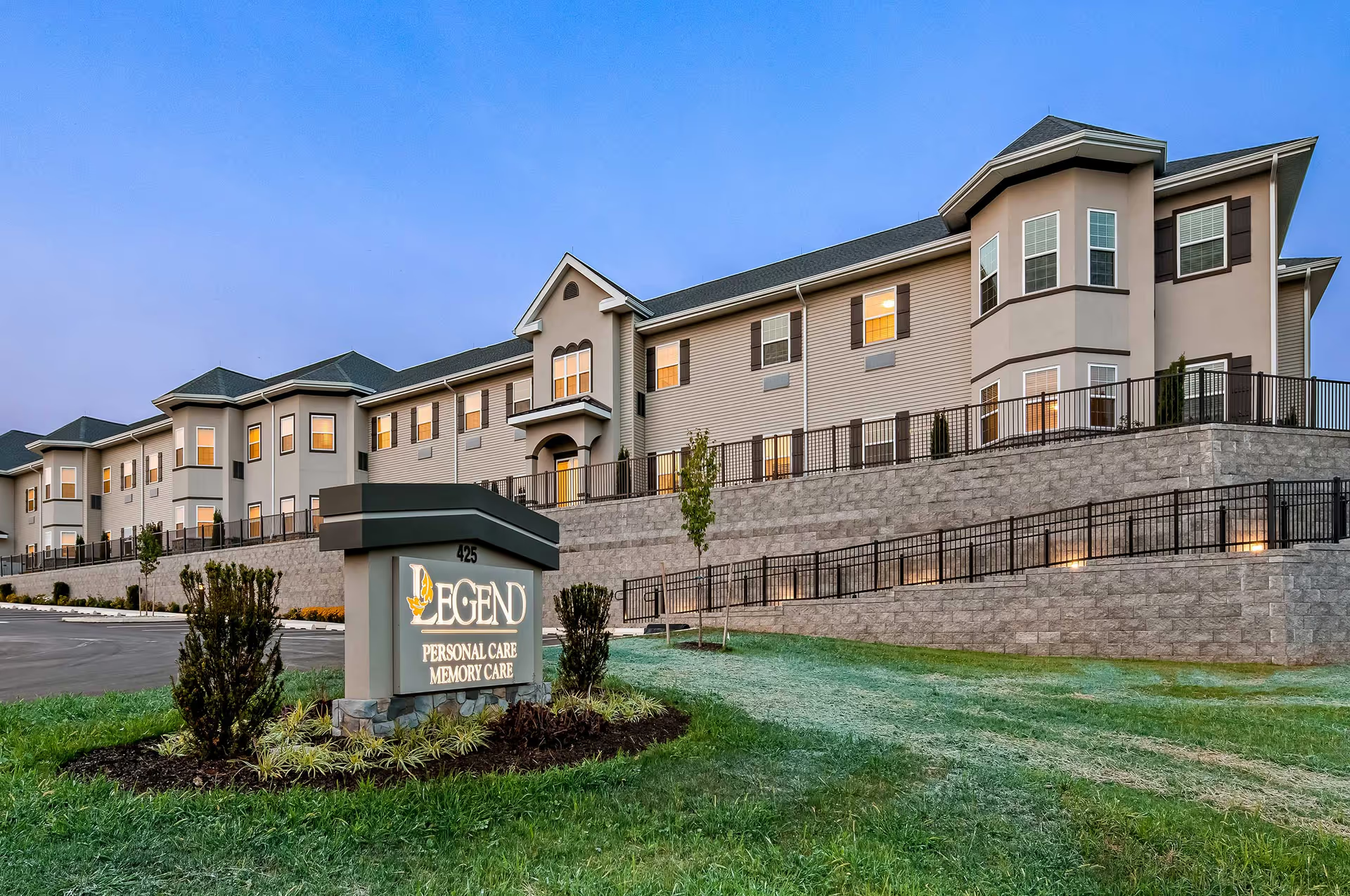Overall sentiment is markedly mixed, with a clear pattern of strong rehabilitation and activity programming paired with inconsistent and sometimes seriously deficient nursing and personal-care practices. Multiple reviewers consistently praise the admissions process and the therapy/rehab teams — citing focused, effective rehabilitation, caring therapists, and measurable progress (many residents reportedly meeting goals and returning home). Activities programming (bingo, performances, college volunteers, trivia) and transportation to appointments are frequently noted as positive aspects that contribute to residents' engagement and quality of life. Several accounts describe compassionate hospice care and privacy for families during end-of-life situations.
Despite these strengths, there are repeated and concerning reports of poor nursing care and safety lapses. Numerous reviews describe rude or uncaring nursing staff, slow response to nurse-call lights, and instances where residents were left in soiled clothes or linens for prolonged periods. Specific safety and care-practice concerns include allegations that gait belts are not used, RN orders are not followed, bedpans go missing or are not provided, and dietary restrictions are ignored. These failures had serious emotional and physical effects on residents in some reports (including depression and distress). This inconsistency in basic personal care—especially around incontinence and hygiene—emerges as the most frequent and troubling negative theme.
Facility conditions are another area of mixed feedback. Several reviewers describe the building as old and in need of remodeling, with aged furniture, deteriorating carpets, bubbled ceilings, and other signs of wear. At the same time, some visitors and families report that the facility is kept clean and that health inspections are satisfactory. A related pattern is the presence of offensive odors (notably urine) reported by multiple reviewers, though others explicitly state there is no odor. These conflicting reports point to uneven cleanliness and maintenance standards across different units, shifts, or time periods.
Staff behavior and culture appear variable. Many reviews highlight standout individuals — particular CNAs, therapists, or admissions staff who are praised as compassionate, professional, and attentive. Administration and some front-line managers are also positively mentioned for good communication and responsiveness. Conversely, other reviews accuse administrators of unprofessional conduct, failing to follow through on promises, shifting blame, or even bullying staff. This split suggests that experiences differ depending on which administrators and frontline staff are interacting with the resident and family, reflecting an uneven workplace culture and supervision.
Dining and nutrition produce mixed remarks as well. The presence of meals delivered to rooms and a small dining area are practical positives for some residents. However, there are multiple complaints about food quality, incorrect or unmet dietary restrictions, and dismissive kitchen staff. These issues, while not universally reported, contribute to dissatisfaction for families concerned about residents’ appetites and dietary needs.
A clear theme across the reviews is inconsistency. Many families report excellent short-term rehab outcomes and compassionate caregivers who made a meaningful difference; others report neglect, rudeness, and safety lapses that led them to say they would not recommend the facility. Because so many comments juxtapose strong therapy programs and engaging activities with variable nursing care, the facility may be a reasonable option for short-term, goal-oriented rehabilitation under attentive therapy staff but carries risks for longer-term custodial care if the inconsistent personal-care issues and alleged management problems are not addressed.
Recommendations for prospective residents and families based on these reviews: if considering Monroe Rehabilitation Center, visit multiple times and at different times of day to observe staffing, cleanliness, odor, and nurse-call responsiveness. Ask specific questions about incontinence care protocols, how dietary restrictions are enforced, staff turnover, and use of safety equipment (such as gait belts). Seek references about specific shifts or units, and clarify whether the care need is primarily short-term rehab (where many reviewers report positive outcomes) versus long-term custodial care (where reviews are more mixed). Finally, follow up on any management or complaint procedures, given the mixed reports about administrative follow-through.







